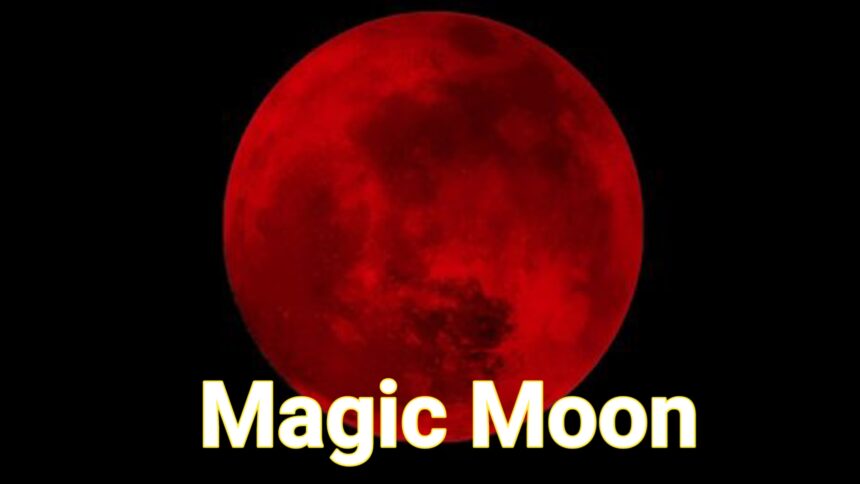By | Arvind Jadhav
Mumbai: India is set to witness a rare celestial phenomenon as the total lunar eclipse, also known as the Blood Moon, graces the night sky on September 7–8, 2025. The event will begin with the penumbral phase at around 9:58 PM IST, followed by the most breathtaking part of the eclipse — the totality — which will last from 11:00 PM to 12:22 AM IST. During this phase, the Moon will take on a deep red hue, popularly called the Blood Moon. The eclipse will gradually conclude around 2:25 AM IST on September 8, making it one of the longest lunar events in recent years.
Unlike solar eclipses, a lunar eclipse can be viewed safely with the naked eye. Astronomers recommend heading to open spaces like terraces, parks, or lakesides in cities such as Mumbai, Delhi, Kolkata, Bengaluru, Hyderabad, Pune, and Chennai for the clearest view. The event is expected to draw large crowds of skywatchers and photographers eager to capture the celestial beauty.
In Indian tradition, the lunar eclipse is accompanied by the observance of a Sutak period, which begins at 12:59 PM IST on September 7 and continues until the end of the eclipse. Many people avoid cooking, eating, or performing auspicious rituals during this time. Astrologically, this eclipse falls in the sign of Pisces under Purva Bhadrapada Nakshatra, and is believed to be a period of emotional reflection and transformation. Experts suggest that while signs like Aries, Taurus, Virgo, and Sagittarius may find this period favorable, others should remain cautious and focus on spiritual practices.
Globally, this event is not just a visual delight but also a scientific milestone, as space agencies continue to study eclipses to better understand the dynamics of celestial movements. For India, the “Magic Moon” night brings together science, spirituality, and cultural heritage, reminding us of the powerful bond between Earth and its closest celestial neighbor.








